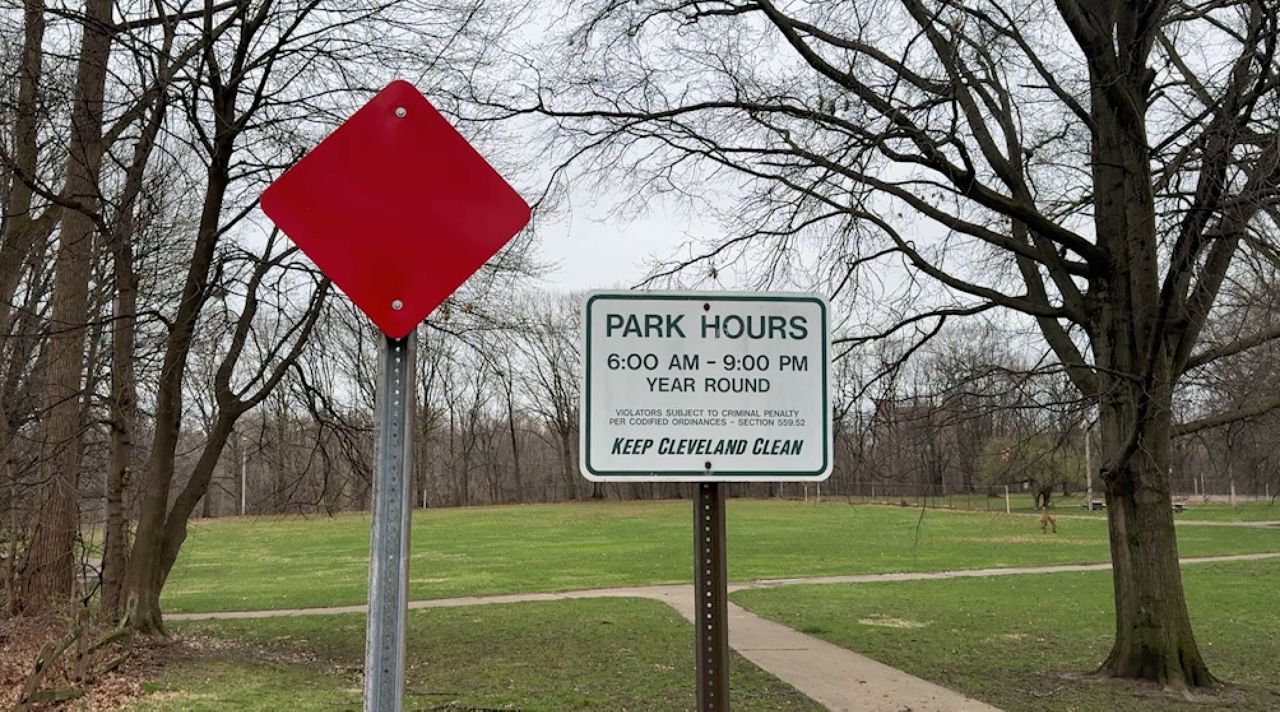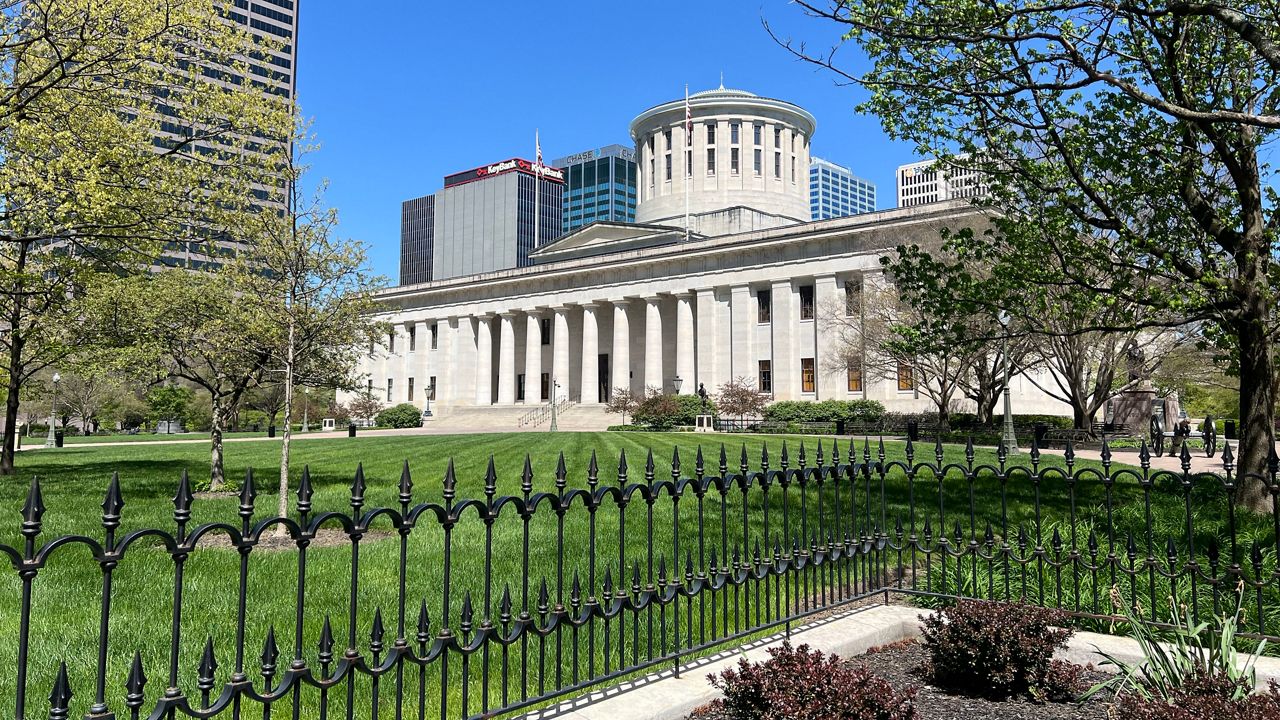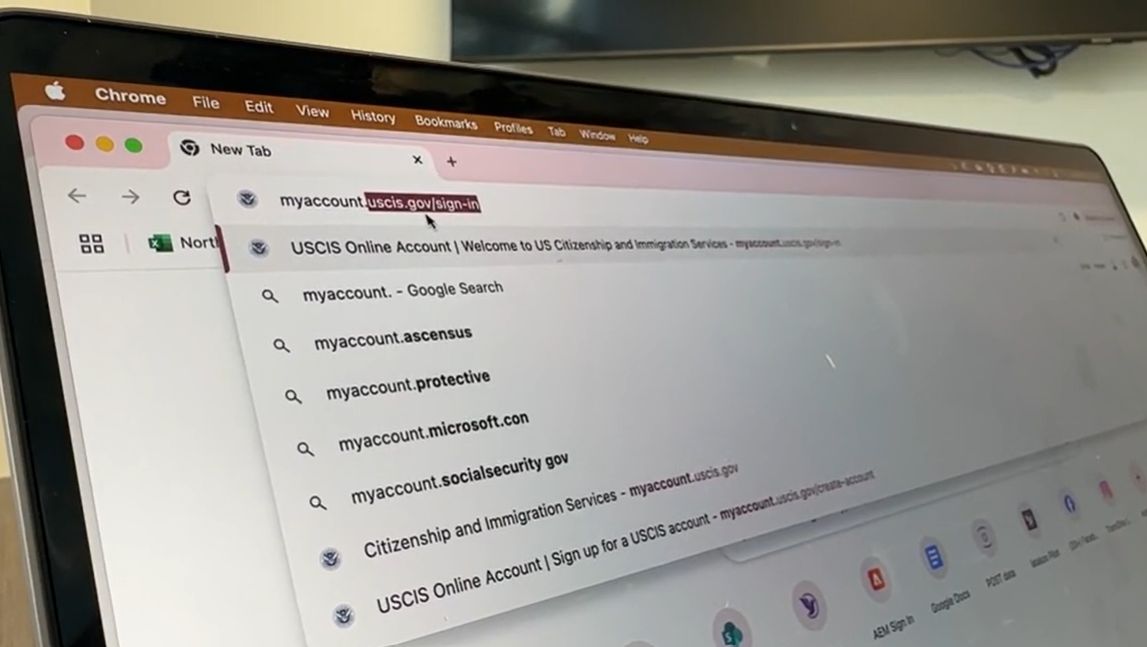OHIO — Starting Tuesday, shoppers in Franklin County are now paying 8% sales tax. Shoppers will pay now $5 more on a $1,000 purchase.
It follows a tax levy voters approved last November that will allow COTA to overhaul its bus system and finance LinkUs. They’re using the money to build five bus-rapid transit lines while also investing in more than 500 miles of new sidewalks, bike pathways and more.
The tax increase may feel like a small number, but it can add up quickly, Jonathan Ernest said, who’s an assistant professor of economics at the Weatherhead School of Management at Case Western Reserve University.
“Overall, we should see that because we’re essentially putting in a tax, we’re buying a little bit less stuff overall and essentially getting a little bit less what we call welfare surplus from that,” Ernest said.
Yet, how people will account for that increase, Ernest said, it’s up to each individual and their financial situation.
But if inflation is considered, he said some people may have to sacrifice something in order to buy something else.
“Some people may not notice that much they may not be on the margin that they say, ‘Well, you know, my budget is exactly stretched thin enough where I could just afford these now very expensive items’ let’s say the grocery store,” Ernest said. “Some other may say, ‘wait, hold on a second, I know that when I go to ring this up it’s going to be a little bit more expensive than it otherwise would have been and when i go to the next door, I’m going to have fewer dollars left in my pocket or left in my account to spend.”
The new tax isn’t completely contained within Franklin County’s lines.
It will also be added to small portions of Union, Delaware, Licking and Fairfield counties.
While the marginal increase may not change a lot of spending habits, Ernest said some people may consider shopping in a neighboring county.
“A small item you would say well it’s not worth it for the time and the effort and the gas that I would need to pay to go travel the next county,” Ernest said. “But if it’s a larger item that you’re purchasing or many smaller items that are taxed a little bit more, you might find some reasonably significant savings from switching sort of where you’re shopping.”
Online shoppers aren’t immune to the extra costs either. Ernest said they should make sure they check the total after shipping and tax expenses.
“Usually when you go to check out online and they say like ‘oh here’s your subtotal and then when we’ll add in shipping based on where you live,’” Ernest said. “It’s because it’s more expensive to some states, some cities than others.”












